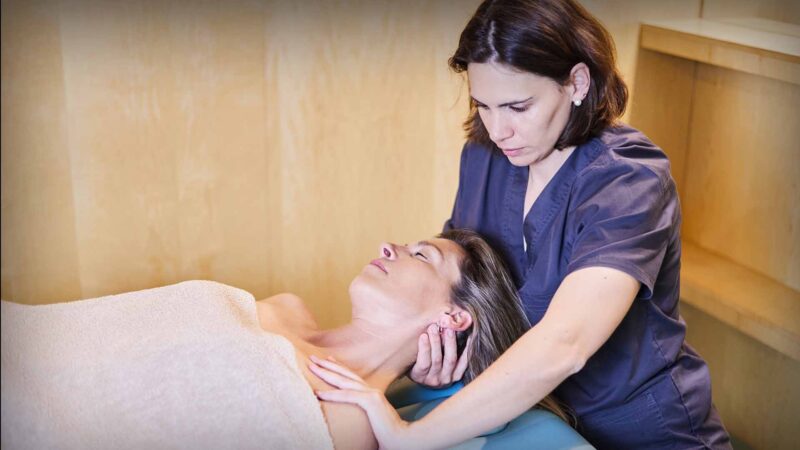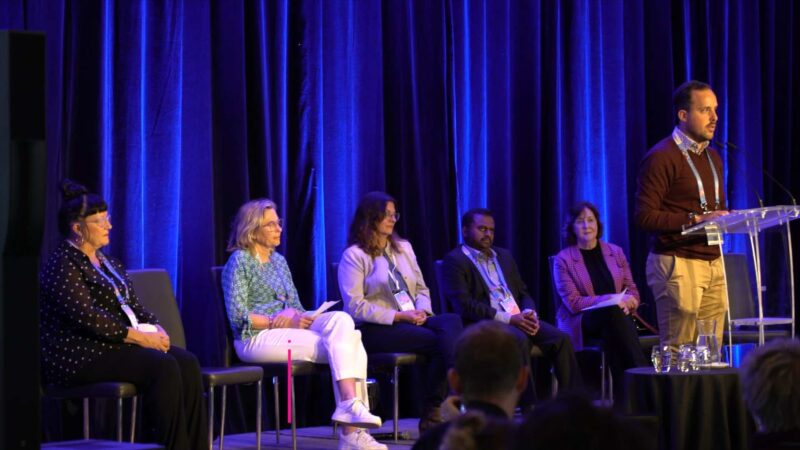There are several issues related to oral health care in Australia. Some of these include:
- Access to care: Many Australians, especially those living in rural or remote areas, may face barriers to accessing oral health care services. This can be due to a shortage of dental professionals, limited public transport, and financial constraints.
- Cost of care: Dental care in Australia can be expensive, and many people may be unable to afford essential treatments. While the government provides some funding for certain groups such as children and low-income earners, many people still have to pay out-of-pocket expenses for dental care.
- Disparities in care: There are significant disparities in oral health outcomes among different populations in Australia. For example, Indigenous Australians and people from lower socio-economic backgrounds are more likely to experience oral health problems than other Australians.
- Workforce shortages: There is a shortage of oral health professionals in some areas of Australia, which can lead to longer wait times and reduced access to care.
- Preventive care: There is a need to improve education and awareness about preventive oral health care practices, such as regular brushing, flossing, and dental check-ups, to reduce the incidence of oral health problems.
- Aged care: Many older Australians may face difficulties in accessing oral health care due to physical limitations or cognitive impairments. This can lead to a decline in oral health and overall health outcomes.
Overall, addressing these issues requires a multi-faceted approach that involves improving access to care, addressing disparities in care, promoting preventive care, and addressing workforce shortages.
One of the ways Dr Padma Gadiyar, a dentist running a number of practices in Brisbane, has considered is through digital health. Dr Gadiyar has developed Smilo.ai, an app that is able to take photos to assess the health of teeth through artificial intelligence, provide guidance on oral health issues for the user, at the same time helping to deliver public health literacy.
In this People In Health Care segment, Dr Gadiyar spoke to Australian Health Journal on how she hopes the app will help increase the number of people seeking dental treatment from the current 47% level in Australia. To date, 120,000 users have downloaded the app with more than 50 dental practices signed up with Smilo.ai to receive individual enquiries or seek dental treatment.
Smilo.ai is a member of the Australian Dental Industry Association.
You Might also like
-
World-first clinical trial improves patient outcomes for kidney transplants
A world-first clinical trial conducted at the Royal Adelaide Hospital (RAH) and at hospitals across Australia and New Zealand has identified the best fluid treatment to reduce the risk of patients requiring dialysis after a kidney transplant.
Australian Health Journal spoke with the lead-author of the study, RAH Nephrologist and University of Adelaide researcher, Dr Michael Collins.
-
Improving access to osteopathic services and integrated care models
The Chief Executive Officer of Osteopathy Australia, Antony Nicholas spoke with Australian Health Journal about:
– Involvement in the Strengthening Medicare Task Force
– The unique skills osteopaths have that can address the chronic disease burden
– Current workforce issues around osteopaths and if enough are coming through via student placements
– How uploading data to My Health Record by osteopaths could assist team-based care of patients
– How the value of osteopaths in Residential Aged Care Facilities (RACFs) could be better understood and better access for residents
– The recommendations around aged care access to allied health services, including osteopathy
– The recommendations around consumer access to osteopaths and GP referrals
– Other osteopathy recommendations in the upcoming Federal BudgetIn the lead up to the Australian Federal Budget in May 2023, Australian Health Journal reached out to peak health industry bodies to hear about their priorities, either noted in pre-budget submissions lodged with Federal Government in January 2023 or in recent forums such as the Strengthening Medicare Taskforce.
-
Study on digital tool for pharmacists in aged care
In March 2022, the Australia government announced $350 million of funding over 4 years to employ on-site pharmacists in residential aged care, starting July 2023. In April 2023, the government made changes to the proposed on-site pharmacists, where the new program will now be delivered by and through community pharmacies. Regardless of how the model will be implemented, the goal remains the same – to improve quality use of medicines and medicines safety for aged care residents.



